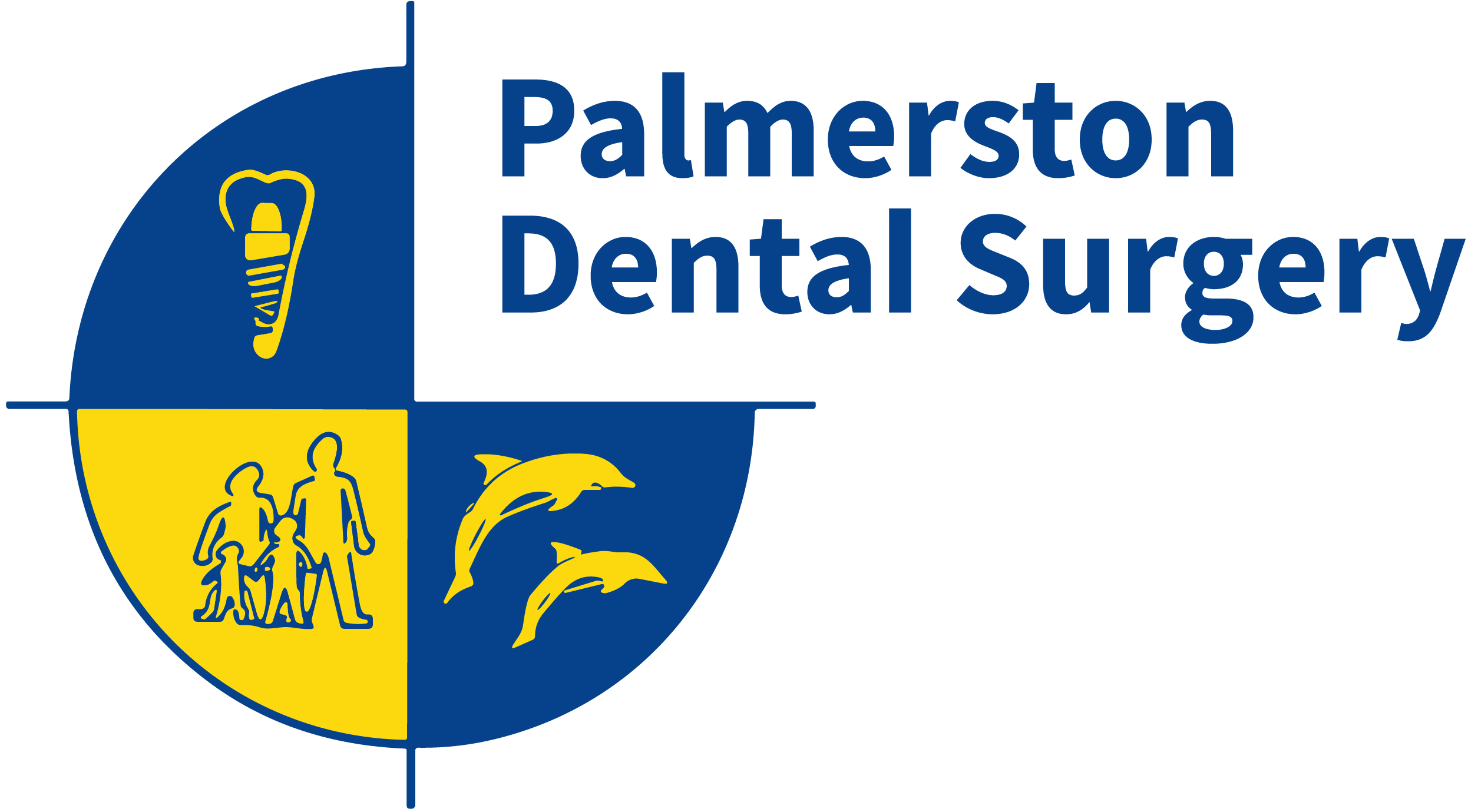How To Brighten Your Smile Safely and Effectively
Teeth whitening is one of the cosmetic dentistry treatments we offer at Palmerston Dental Surgery in the City of Palmerston area. Whether you want to enhance your teeth’s natural brightness for a special occasion or simply feel more confident in your day-to-day life, our teeth whitening treatments offer safe and effective solutions. You can contact us here to discuss the styles of whitening treatments we offer at the City of Palmerston area.
What Is Teeth Whitening?
How Teeth Whitening Works
Special dental bleaching agents like hydrogen peroxide lift stains and discolouration from the enamel of the teeth. These bleaching agents can penetrate the tooth enamel and break down molecules causing stained teeth, resulting in a brighter, whiter smile. Teeth bleaching can also address discolouration caused by food, drinks, smoking, and even the natural aging process.


Causes of Tooth Discoloration
There are many reasons why teeth become stained. The most common causes are drinking coffee, tea, and red wine, as well as smoking and aging. Over time, these factors cause stains to build up on the enamel which in turn dulls your smile. Teeth whitening treatments can reverse this process and restore the natural brightness of your teeth. You can book in with us today at Palmerston Dental Surgery to get a consultation on the best method for whitening your teeth.
Professional Teeth Whitening Options
In-Office Whitening Treatments
During an in-office whitening treatment a powerful bleaching solution is activated with a special light to accelerate the whitening process. This method offers dramatic results in just one visit, making it an excellent choice for those needing quick results for events like weddings or photoshoots. To find out what teeth whitening methods we offer you can contact us.


At-Home Whitening Kits from Your Dentist
If you don’t have the time to come into the dentist regularly for teeth whitening treatments, at-home kits can be a great alternative. Kits include custom-fitted trays and a professional-grade bleaching solution. While the results may take a bit longer than in-office whitening, the advantage is that you can whiten your teeth in the comfort of your home without the need to make appointments in a clinic. These kits are far more effective than over-the-counter products and are tailored making sure the treatment is evenly distributed across all teeth.
Professional vs. Over-the-Counter Whitening Products
Differences in Strength and Safety
One of the main differences between professional teeth whitening and over-the-counter products is the strength of the bleaching agents used. Teeth whitening treatments offered by professional dentists offer higher concentrations of active ingredients which give more noticeable results.


Results and Longevity
While over-the-counter whitening products like strips and toothpaste can improve the appearance of stained teeth, the results are often less dramatic and shorter-lasting compared to professional teeth whitening. With in-office whitening the results are immediate and can last much longer, especially with proper oral care and periodic touch-ups using a dentist-provided at-home teeth whitening kit.
Benefits of Professional Teeth Whitening
Immediate and Noticeable Results
One of the biggest advantages of professional teeth whitening is the speed of results. If you’re looking for fast, dramatic results, this is a good option to achieve a bright, white smile in the shortest time possible.
Customised Treatment for Your Smile
Another benefit of professional teeth whitening is the customisation of the treatment. Dental professionals can tailor the whitening process to suit your needs, taking into account the extent of staining, the condition of your teeth and sensitivity issues. This personalised approach guarantees even results while minimising discomfort while providing optimal whitening.
Boost Your Confidence
A whiter smile can have a positive effect on your confidence. Whether for professional settings or personal interactions, enhancing your smile with teeth whitening treatments can give you a self-esteem boost. To find out what kind of teeth whitening services we offer at Palmerston Dental Surgery book in for a consultation with us today.
Is Teeth Whitening Right for You?
Ideal Candidates for Teeth Whitening
Teeth whitening is suitable for anyone who has healthy teeth and gums but wants to improve the appearance of stained teeth. It’s an excellent option for people looking to address surface stains caused by food, drink, and lifestyle habits. However, people with deep intrinsic stains or other dental issues may need additional cosmetic dentistry treatments.


Considerations for Sensitivity
If you have sensitive teeth let your dental professional know before undergoing teeth whitening treatments. Professional teeth whitening is often the best option for sensitive teeth because dental professionals can tailor the procedure to minimise discomfort. A dentists can also recommend desensitising products or adjust the concentration of the bleaching agent for a gentler whitening experience. To find out what style of teeth whitening services we offer at Palmerston Dental Surgery you can contact us here.
What Are the Alternatives to Teeth Whitening?
While teeth whitening is an effective solution for many people, alternatives like veneers or bonding may be considered for anyone with severe discolouration or intrinsic stains that can’t be addressed with bleaching. These cosmetic dentistry options provide long-lasting results, but they are more invasive and typically more expensive than whitening.
Frequently Asked Questions
Get a Brighter Smile with Professional Teeth Whitening
Ready to brighten your smile with professional teeth whitening? Book an appointment with Palmerston Dental Surgery today to learn more about the teeth whitening options we offer at.

